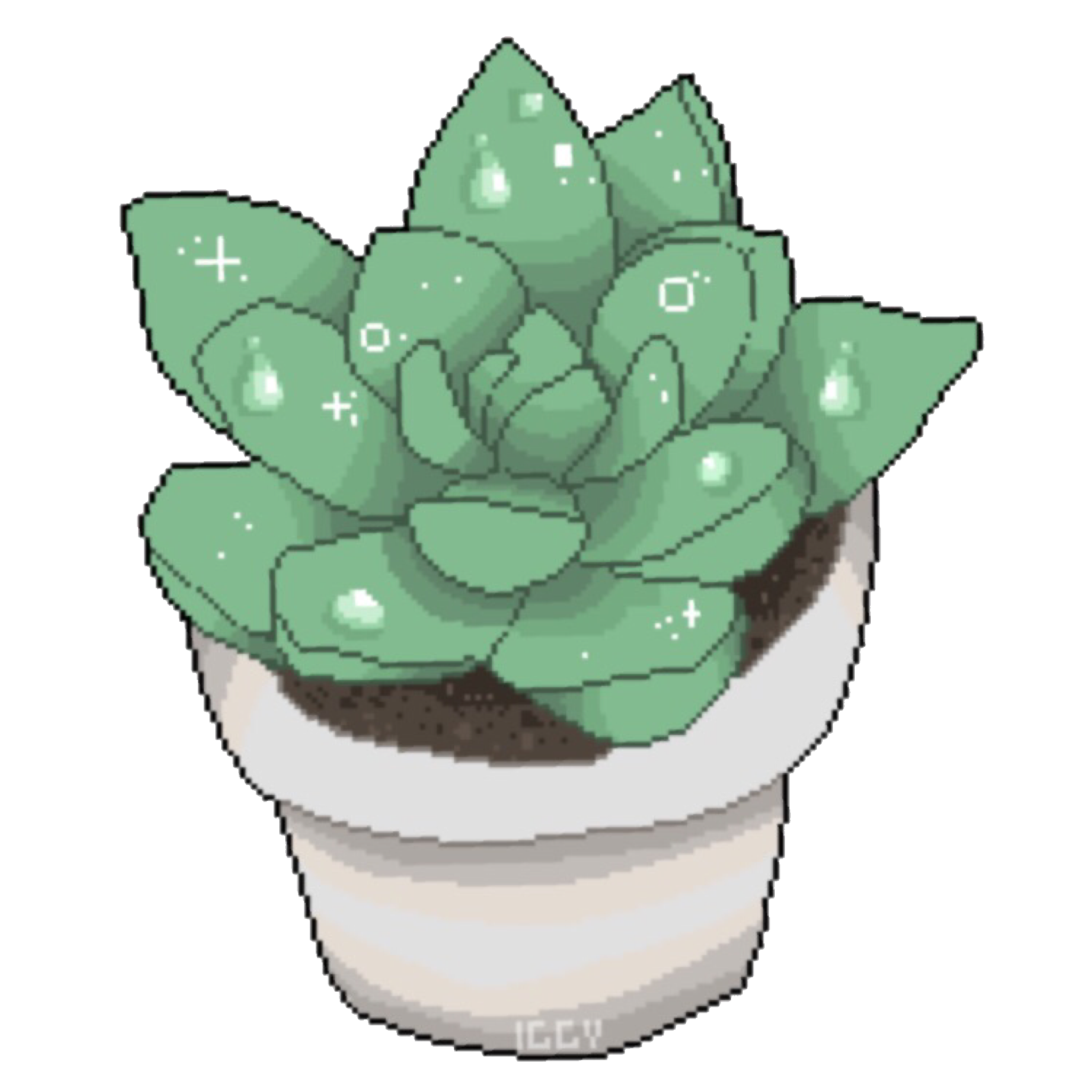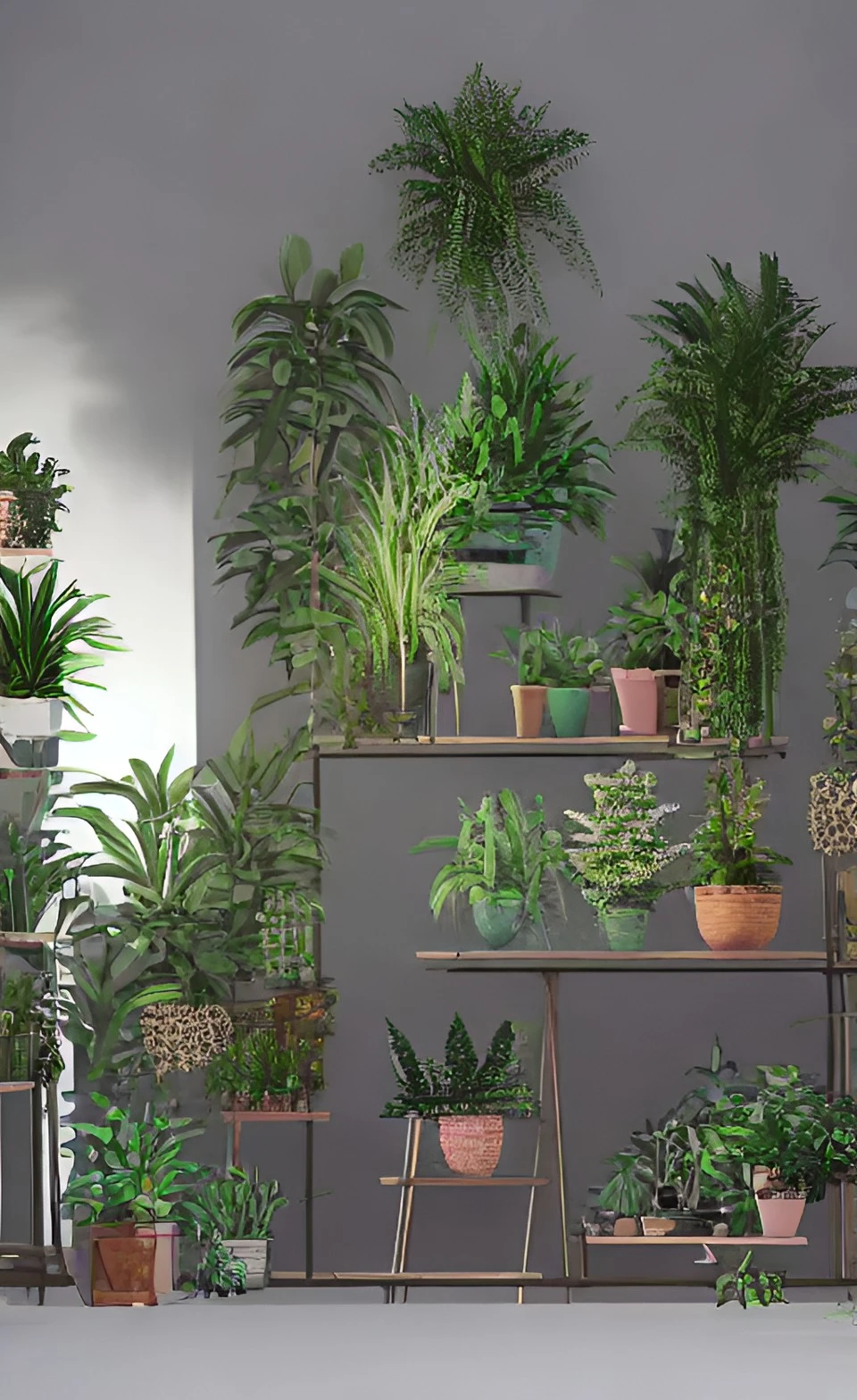Don’t be afraid of the little reagent kits, they’re easy to use and accurate and cheap! Think of them like little science kits. :)
I have a similar one and I also did not find it to be useful.

This week I received a few capacitive soil sensors. I plan to hook up this and other sensors to a few ESP32s with WiFi and see if I can make a simple site with temperature and soil humidity charts for some of my plants.

For pH I just use pH strips for doing simple routine checks. For soil I’ll add some soil to reverse-osmosis water, wait for the soil to settle at the bottom, and then stick the paper in. Not perfect but I just want to check that it doesn’t jump too far either way.

This week I received a few capacitive soil sensors. I plan to hook up this and other sensors to a few ESP32s with WiFi and see if I can make a simple site with temperature and soil humidity charts for some of my plants.
I did this for awhile and it would work for a few weeks to a few months then the PCB substrate eventually corroded from to the soil. Putting nail polish all over the sensor helped for awhile but then it just didn’t work.
The comments here gave me a lot of ideas: https://hackaday.com/2021/05/17/soil-moisture-sensors-how-do-they-work/
Yep, same. Mine corroded after a few months. Haven’t tried the epoxy idea from the comments but it sounds promising…
I got those sensors as well recently! Excited to hear they work.
Does anybody have a moisture meter recommendation? Ideally not on Amazon.
I did buy mine off amazon… But the Capacitive soil moisture sensor for arduinos you can find in many online electronic stores. If you are looking for some sensor that is already build and that you don’t have to interface with an arduino, I don’t have any recommendation, sorry.
If you are interested in potted house plants, my current opinion is that weight is the best way to figure out the moisture content, because there is a very noticeable difference between dry and wet substrate. So I walk around the apartment every day or two and give a slight push or pull to each pot to determine whether they need to be watered. It took some time and some dead plants to get into this habit, but by now it is almost automatic.
Hope to hear of your updates. I have the same plan but am dragging my feet on it.
Euhm. Bought one like a week ago. It does seem to work as expected, what is wrong with these exactly?
The moisture sensor may provide a somewhat accurate reading (or at least within a decent margin or error). The pH meter on the other hand will require regular calibration and cleaning to maintain accuracy. Consumer level electronic pH meters are always a pain to keep their sensor from fouling.
Plus it’s super fun to measure pH with the soil testing kits. They make me feel like a scientist
Sidenote: everything on Amazon from a clearly nonsense jumble of letters (see pic) as a “seller” is absolutely going to be shite.
Not necessarily, it does mean that its just a rebrand of some noname chinese stuff.
I wouldnt expect it to be very high quality, but some of them are good enough.
Bought one I the past. Can confirm, absolute bullshit.
I don’t trust the ph part (and didn’t buy one for that) but the water sensor seems to be good enough (is it dry or not?) based on knowing when I last watered .








